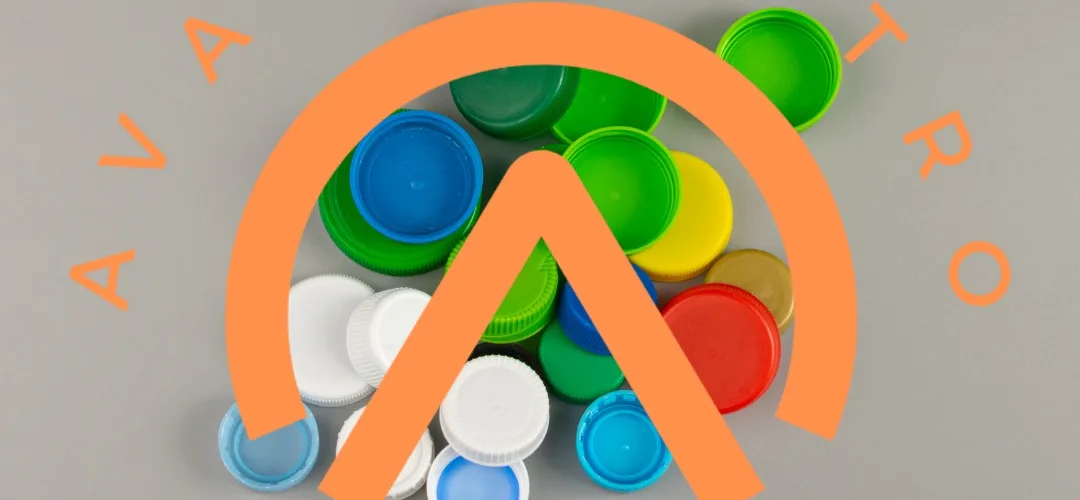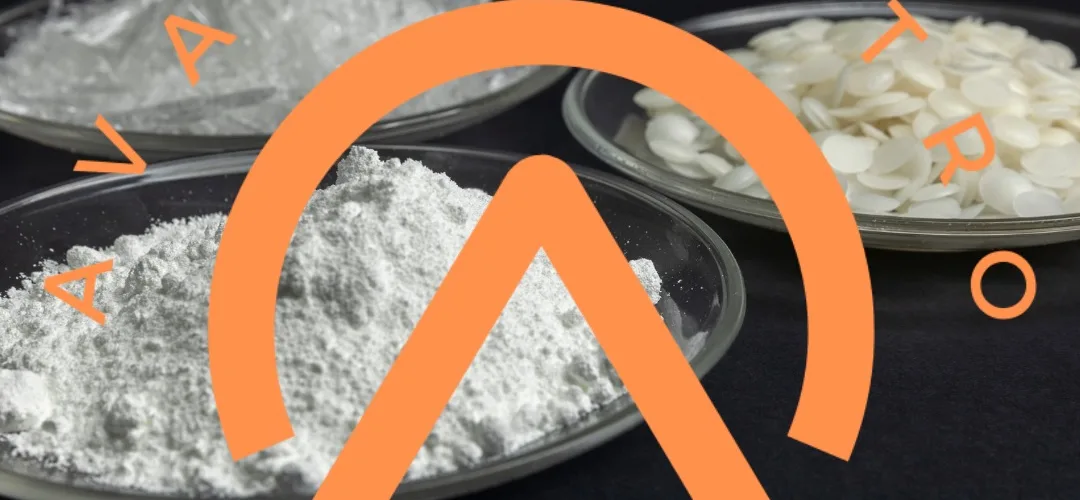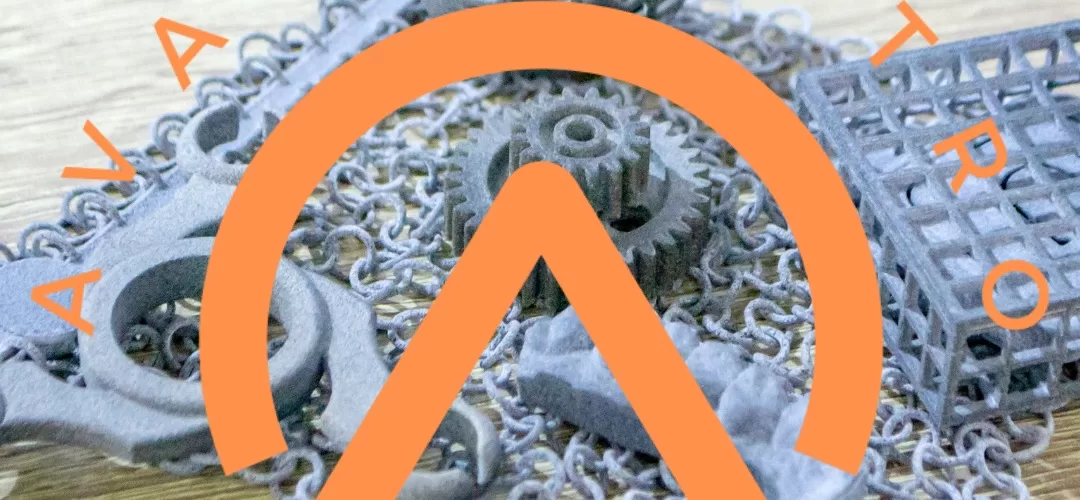Unveiling the Intricacies of Plastic Raw Materials: A Comprehensive Guide
Introduction
In the dynamic landscape of manufacturing, understanding the density values of plastic raw materials is crucial for ensuring product quality and performance. At avavinpetro, we delve into the depths of plastic raw materials, providing you with unparalleled insights that go beyond the surface. Let’s embark on a journey to explore the intricacies of plastic density and its impact on various industrial applications.
The Significance of Plastic Density in Manufacturing
What is Plastic Density?
Plastic density refers to the mass per unit volume of a plastic material. It is a fundamental property that influences the physical and mechanical characteristics of the final product. At Avavin Petrochemical we recognize the importance of accurate density values in achieving optimal manufacturing outcomes.
Types of Plastic and Their Diverse Density Range
Plastics come in a myriad of forms, each with its unique properties and applications. From low-density polyethylene (LDPE) ile high-density polyethylene (HDPE), understanding the distinct density values of these materials is paramount. Our experts break down the specifics, ensuring you make informed decisions in your manufacturing processes.
Navigating the Landscape of Plastic Density Values
Precision in Measurement
In the realm of plastic manufacturing, precision is key. Our cutting-edge technologies enable us to provide you with meticulously measured density values, ensuring the accuracy and reliability of the information we offer.
Industry Applications
Packaging Solutions with LDPE
Low-density polyethylene (LDPE) is a versatile material known for its flexibility and durability. Industries such as packaging benefit immensely from LDPE’s low density, making it an ideal choice for lightweight yet sturdy packaging solutions.
HDPE in Engineering Marvels
High-density polyethylene (HDPE), on the other hand, finds its application in engineering marvels. Its high density imparts strength and rigidity, making it a preferred choice for projects demanding structural integrity, such as pipelines and heavy-duty containers.
Quality Assurance: Our Commitment to Excellence
Stringent Testing Procedures
At avavinpetro, we pride ourselves on our commitment to quality assurance. Our rigorous testing procedures ensure that the density values of our plastic raw materials meet and exceed industry standards. You can trust us to deliver materials that consistently perform under diverse conditions.
Custom Solutions for Your Unique Needs
Understanding that every manufacturing process is unique, we offer customizable solutions tailored to your specific requirements. Our team collaborates with you to determine the optimal plastic density values that align with your project goals.
Conclusion
In conclusion, the density values of plastic raw materials play a pivotal role in shaping the landscape of modern manufacturing. At avavinpetro, we go beyond the conventional, offering you an in-depth understanding of these values and their implications. Partner with us to elevate your manufacturing processes and stay at the forefront of industry advancements.
Written by Emir Narin










